What You Love, You Will Protect
Even a near-death experience couldn’t stop the Golmans’ conservation mission.
• April 2021 issue
Finally they can relax. For several weeks, Danish husband-and-wife photographers Uri and Helle Golman have been working tirelessly to track down and photograph forest elephants on the coast of Gabon. This December 2017 trip to the small Central African coastal nation is the next to last—the 25th—in their ambitious five-year project crisscrossing the world to search for and photograph endangered species in their natural habitats.
They’re thrilled because they have the photos they came to get, and there’s only one more journey—to Australia—before their project, called “Wild,” will wrap. Then they can publish their long-anticipated book of endangered animal portraits. Due to fly back to Denmark in a day, they want to explore an outdoor market in Libreville, the nation’s capital, that they’ve visited during previous photo assignments.
It’s a typical 80-degree, muggy December day, and the midday sun is beating down on the couple as they leisurely explore the colorful art market jam-packed with masks, statues, exotic pearls, and native costumes. Intrigued by the numerous items on sale, they jostle against other shoppers who crowd the busy venue. Uri is examining an intricately carved African mask when out of the corner of his eye he notices a man walking toward him.
His eyes half shut, he whispers, “I love you, too. I’m not dying.”
Without warning, the man rushes forward, pulls out a chef’s knife, and begins attacking Uri. The first thrust pierces Uri’s stomach, and the assailant twists it so it cuts into his liver. Uri screams as blood flows from his wounds and he tries to fight off the unprovoked attack. He is stabbed again and again—in the heart and then in the neck.
Despite his wounds, Uri, a former member of the Israeli Defense Forces and a martial artist, fights back and flips the man off his legs. They tumble to the ground as shocked onlookers stare in disbelief. Uri tries to knock the knife out of his attacker’s hand, but the man keeps stabbing wildly. Helle rushes over and pounces on the man, digging her fingers into his eyes. She’s stabbed severely in the right hand, and her swift action helps the couple disarm the attacker.
Helle helps her husband to his feet and they dash to a friend’s waiting car that speeds them to the local hospital. On the way, Helle tears off her shirt and uses it to try to stanch Uri’s bleeding. He’s been stabbed nearly 10 times and is bleeding profusely. As the car speeds away, she presses her shirt into his wounds and tells him, “I love you. You must not die.”
His eyes half shut, he whispers, “I love you, too. I’m not dying.”
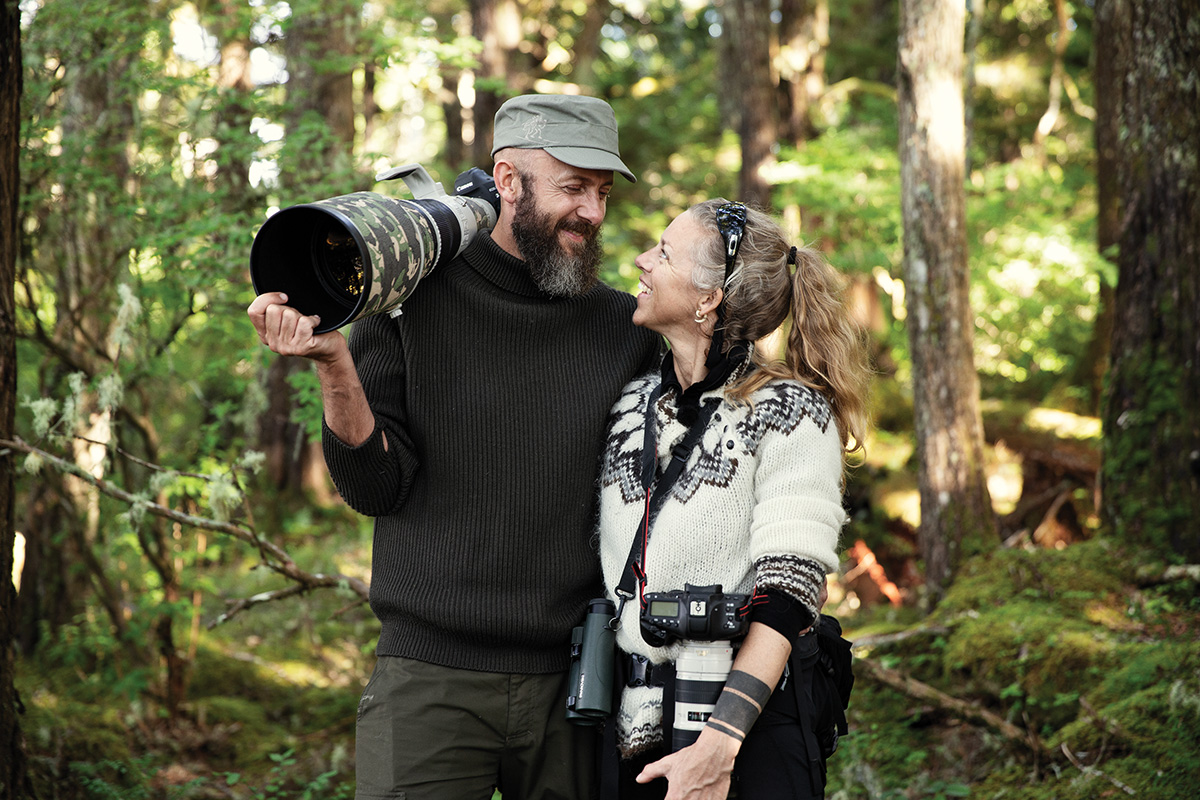
Before they were attacked in a Gabon market in 2017, Uri and Helle Golman traveled the globe photographing wildlife.
A fighter
The doctors at the local hospital did their best to close Uri’s and Helle’s stab wounds, then they were transferred to a nearby military hospital for further treatment. Uri’s condition was life threatening; he lost more than nine pints of blood. Doctors placed him in an artificial coma, and for days he hovered between life and death.
Nine days later the couple was flown by air ambulance to an intensive care hospital unit in Denmark. There Uri remained in a coma until early January, when he opened his eyes only to realize he was completely paralyzed. He could not speak, move, or breathe on his own. Helle says the doctors took her aside. “‘We are so sorry,’” they told her. “‘He will likely remain paralyzed for the rest of his life.’”
But Helle knew Uri was a fighter. She had been with him on photo expeditions in many dangerous places, from the extremes of the Arctic to the jungles of Papua New Guinea, where he was trapped in a tribal war, to South Africa, where he was charged by a massive elephant. She had seen firsthand the courage he displayed while photographing everything from wild lions to leopards to crocodiles. On his globe-trotting photo expeditions he’d caught and recovered from cerebral malaria, blackwater fever, dengue fever, and more.
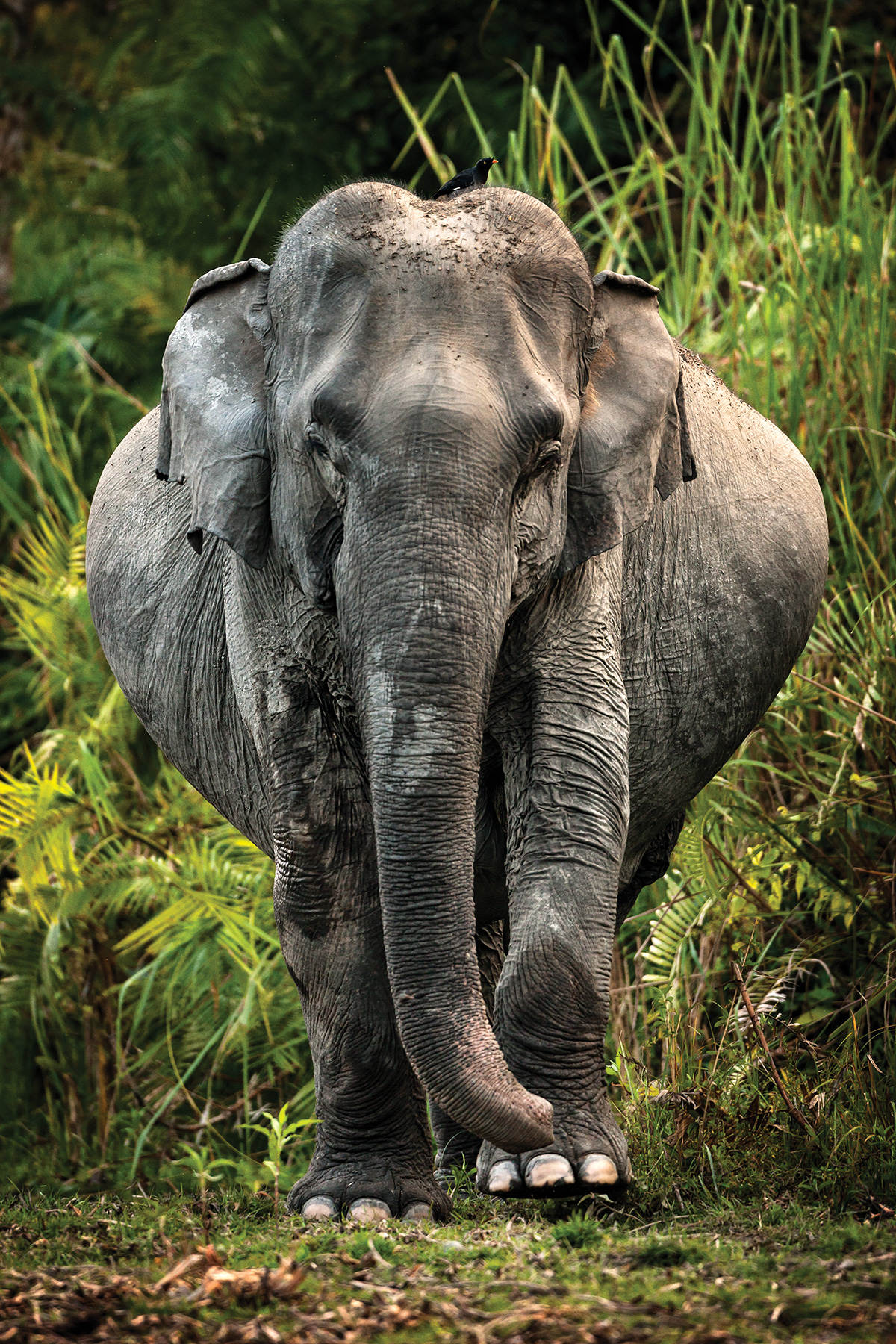
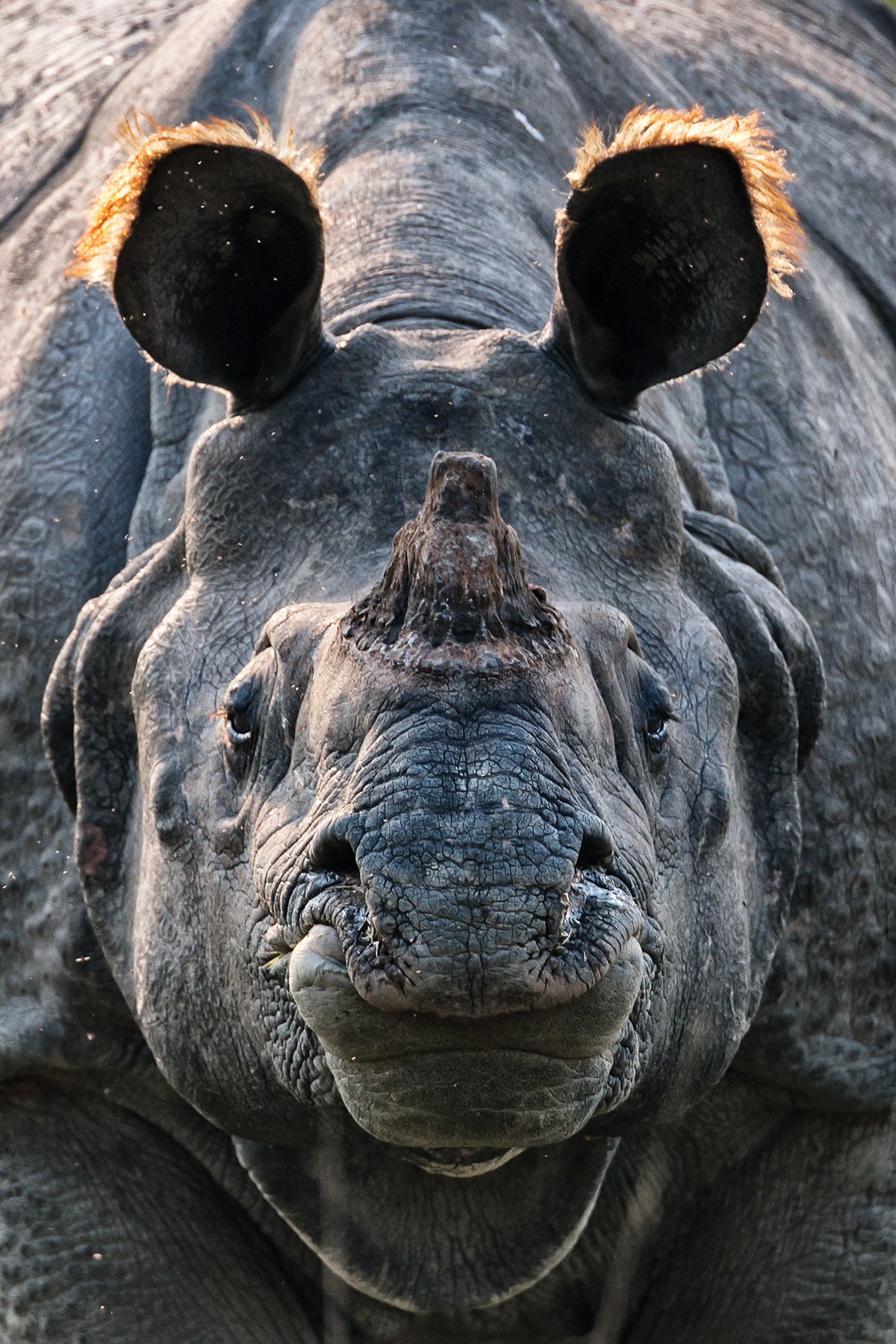
She also knew how much their “Wild” project meant to him. They’d spent years amassing photographs of endangered animals and were so close to putting their book together. Although she understood what the doctors were telling her, she felt Uri could beat the odds. As she stood at his bedside in Rigshospitalet’s intensive care unit near Copenhagen, she thought of the motto they’d formulated to describe their environmental photography mission and hoped it would help him fight back: “What you love, you will protect.”
Uri remained paralyzed. Then two weeks after Uri woke from the coma, the feeling in his right leg returned, followed by feeling in his right arm and then his left leg. The doctors were amazed. Bit by bit, he regained the ability to speak. One day, when his two daughters from his previous marriage and Helle were standing near his bedside, he looked at them and said each of their names out loud, slowly and clearly. Smiling at them he thought, “You all are giving me the energy to fight, to come back from the dead.” Uri, the fighter, was back.
Eventually Uri was well enough to be sent to a rehabilitation center, where therapists helped him relearn to stand and then walk. In the beginning it took three therapists to hold him up and help him move his legs. Then just two. Finally, one. Helle was a constant presence, encouraging him, willing him to recover. He took his first proud steps alone, albeit just a few, nearly a year after he was attacked.
Renewed purpose
Today, some three and half years after he was attacked, Uri describes himself as a work in progress. Although he is still mostly confined to a wheelchair, he continues to exercise daily and hopes to one day walk freely. “It is going to be years before I am back as I was,” he admits with a wide grin as Helle looks on approvingly at their country cabin in northern Denmark. He admits, “Recovery and rehabilitation from an attack like mine is a lifelong process.” He’s not able to hold and operate a heavy camera and lens.
Both Uri and Helle are quick to explain that their injuries and recoveries have made them stronger. “We have been on so many wild photographic expeditions during our time together, but this has been, by far, the wildest one,” says Helle. “And it has given us strength.”
Uri quickly adds, “I don’t think of myself as a victim. When you’ve survived something like this, there is no time to be depressed. You have to go on living and loving.”
While they’re no longer as mobile, they’re still productive. They recently published their long-anticipated collection of endangered wildlife portraits, the 208-page book “Wild,” which they describe as “our love letter to nature.” It has been highly praised. As the famous scientist and environmentalist Jane Goodall has noted of their work, “You cannot look at these images—really look—and not see the animals as individuals with personalities and emotions …. We see image after image taken and presented with love for the subject and love for the natural world.”
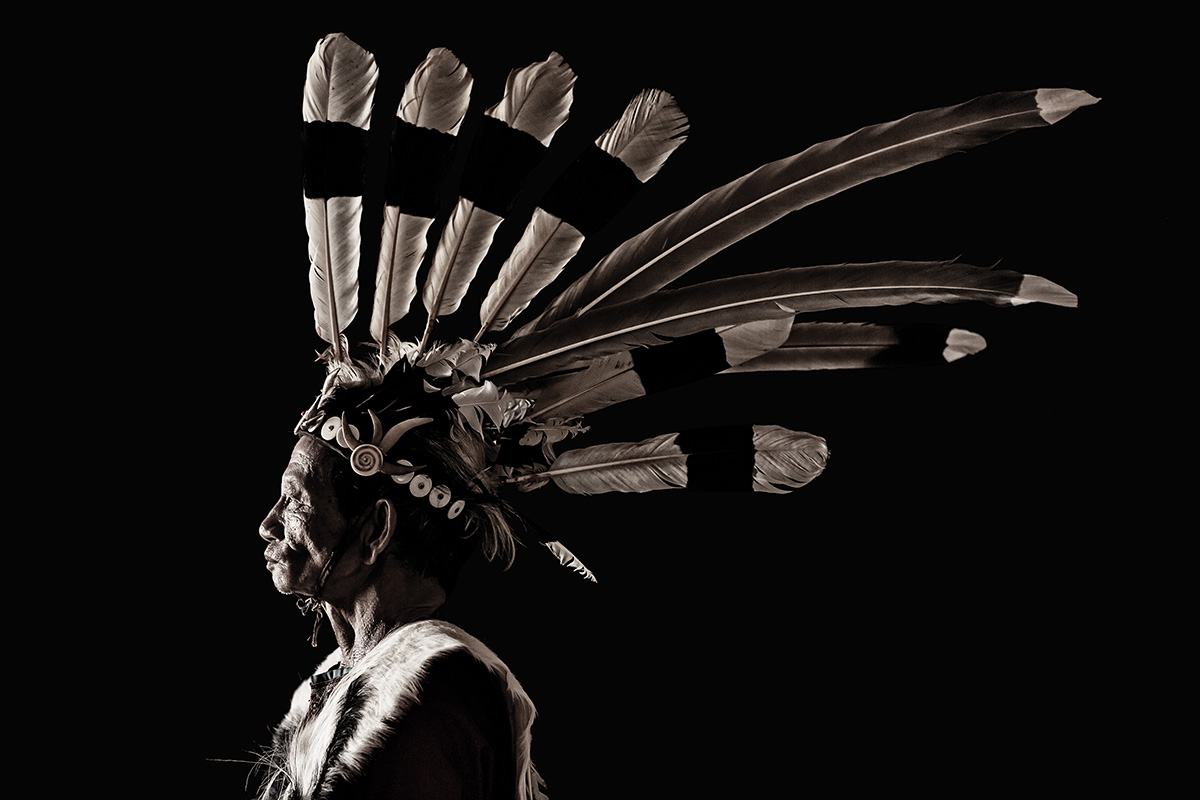
Inspired by their keen desire to help stop the loss of wildlife around the world, Uri and Helle have also established the Wild Nature Foundation, which focuses on conserving and restoring (“rewilding” is how the couple term it) the world’s quickly vanishing wildlife and habitat. Why take on such a monumental task? “I am 46 years old,” says Uri. “In just my lifetime we have destroyed 50 percent of the world’s trees and 60 percent of all wildlife. Time is running out.” Adds Helle, “We know that we need to make people love nature to help save the world’s wildest places.”
Uri pauses and tells the story of first visiting Kalimantan, Indonesia, in 1997 on an assignment to photograph birds and butterflies. “I’d never seen such lush rain forests and such a variety of wildlife before,” he recalls. He went back in 2015 on another assignment to photograph orangutans in the wild. The small plane he was in reached cruising altitude, and he couldn’t believe the sight below. Tears began to roll down his cheeks. “Everywhere I looked, as far as I could see,” he remembers, “the rain forest had been devastated and was replaced by oil palm plantations. It broke my heart.”
After blinking back a tear, Uri explains, “There’s another reason we have started Wild. After what happened to us, we both realize we have even stronger voices for nature conversation. It seems like we were put here to do this. You know, when I was on the operating table immediately after the attack, I was technically dead for a while.” He breaks into a wide grin and continues, “And I have discovered that when you tell people you have been dead for two minutes and are reincarnated, you really get their attention.”
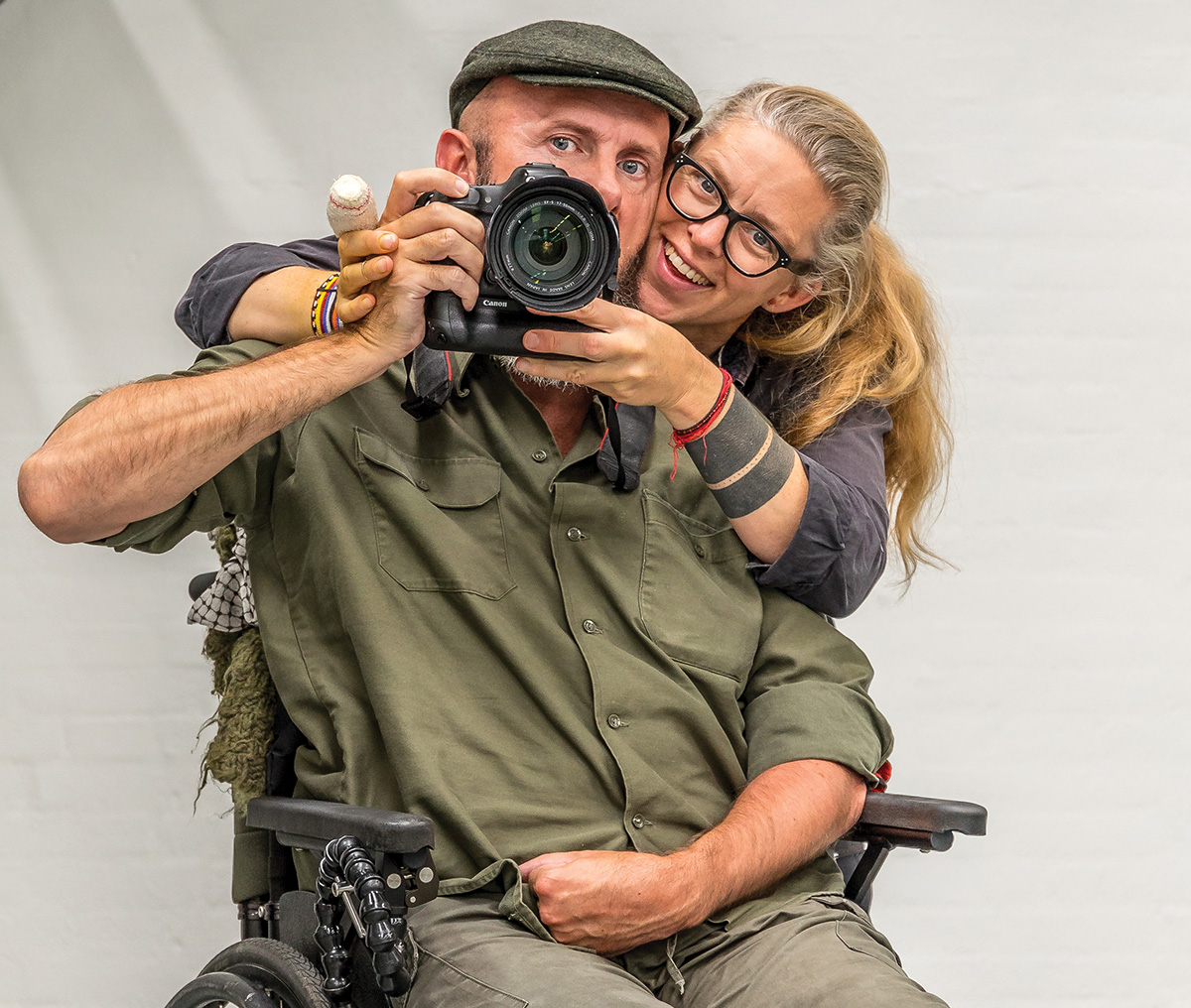
Three years after the knife attack, Uri remains unable to walk or hold a camera unaided but continues to work on behalf of wildlife conservation.
A gentle wind
Although Uri admits he is still is unable to walk more than short distances and can’t hold a camera, the onetime National Geographic contributor has not lost the desire to photograph wildlife. Recently a friend drove him to the coast of Denmark to see what they might capture.
Their friend, Lothar Friis, set up Uri’s camera with a 600mm lens on a tripod. Uri sat nearby in his wheelchair. As a gentle wind blew in from the coast, he spotted a flock of seagulls in the distance. He has the use of one arm and managed to squeeze off some shots of the seagulls. One was a keeper. “It was exhilarating and so emotional,” remembers Uri. “For just a moment I felt as if I could walk again, as if I were free. It was, simply put, a magic moment.”
Robert Kiener is a writer in Vermont.

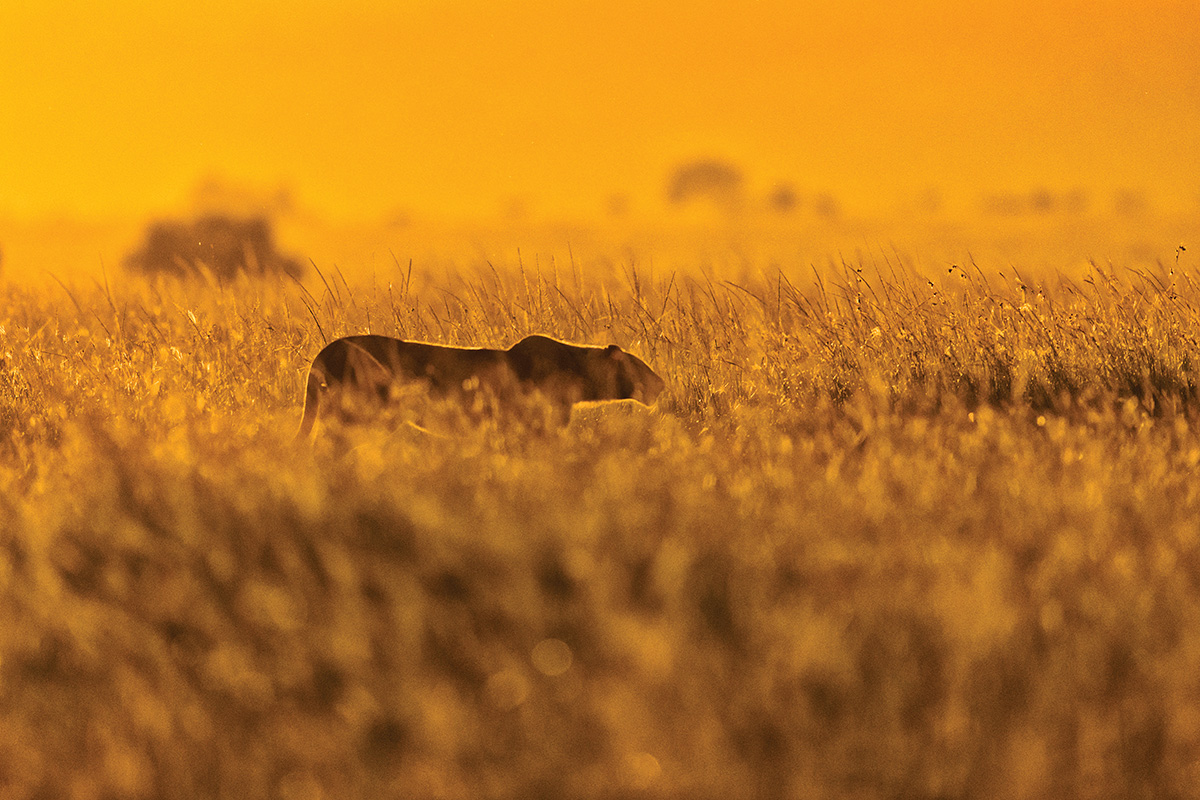
 View Gallery
View Gallery
